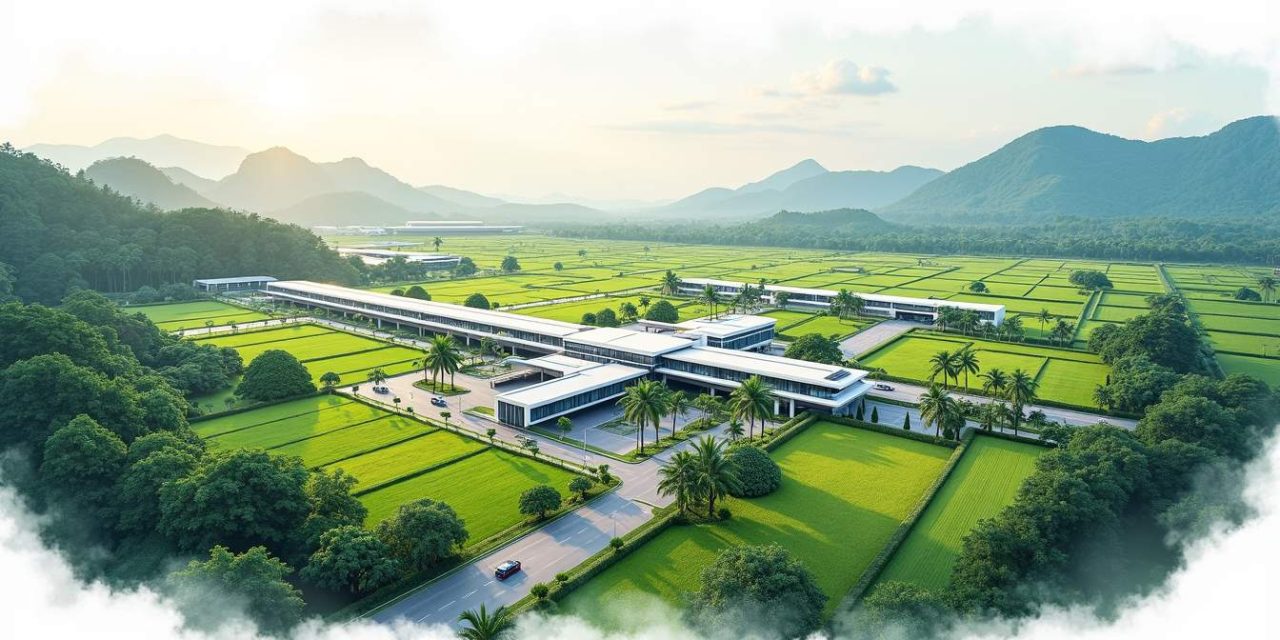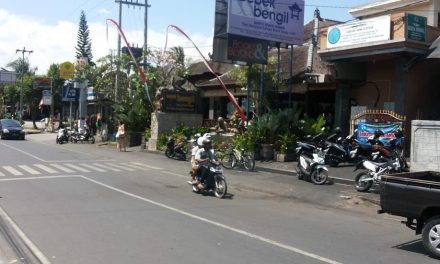The new president asserts that North Bali Airport will turn the island into the ‘New Hong Kong’
The recent announcement by the new president regarding the development of a new airport in North Bali is stirring significant interest and debate. The president has boldly stated that this airport could potentially elevate Bali to the status of a “New Hong Kong,” ushering in a new era of economic growth, tourism, and infrastructure development for the island.
Understanding the President’s Vision for North Bali
The vision articulated by the president is ambitious. It aims to transform North Bali into a bustling hub for international travel and trade, akin to Hong Kong, which is known for its vibrant economy and connectivity. This transformation is expected to provide numerous benefits but also comes with challenges that need addressing.
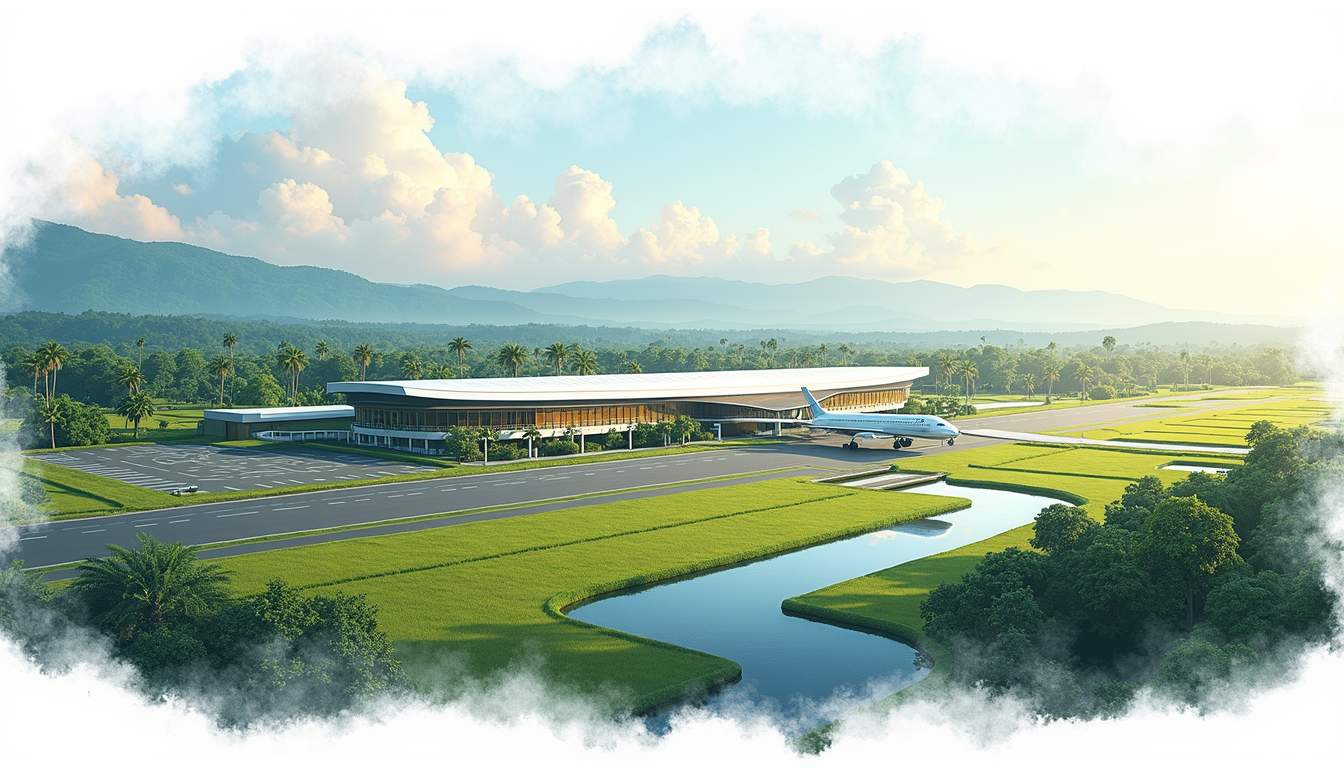
The President’s Announcement
In a press conference held last week, the president emphasized the strategic importance of establishing an airport in North Bali. This announcement followed a series of feasibility studies designed to assess the potential of the region in attracting international traffic. The president highlighted that Bali, with its rich cultural heritage and natural beauty, is well-positioned to be a major gateway to Southeast Asia.
Furthermore, the government intends to position this airport not just as a transit point but as a focal point for investments and economic activities that will benefit not only Bali but the entire Indonesian archipelago. The initiative is expected to create thousands of jobs in construction, tourism, and related sectors, providing a much-needed boost to the local economy. Local businesses are also anticipated to flourish as they cater to the influx of tourists and international trade, thereby enhancing the overall economic landscape of the region.
The Vision for a ‘New Hong Kong’
The concept of branding North Bali as a “New Hong Kong” is rooted in creating a business-friendly environment that attracts global investors and tourists alike. The government envisions a modern airport that supports not only passenger travel but also cargo services, enhancing trade connectivity. This dual focus on passenger and cargo traffic is expected to position North Bali as a critical node in the global supply chain, facilitating smoother import and export processes.
By modeling after Hong Kong’s successful airport, which serves a strategic role in international logistics, the Bali authorities hope to stimulate local economies, promote regional development, and position Bali as a key player in global commerce. Additionally, the government plans to invest in infrastructure improvements, such as better roads and public transport systems, to ensure seamless connectivity between the airport and key tourist destinations. This holistic approach aims to create a sustainable ecosystem that not only attracts international visitors but also enhances the quality of life for local residents, making North Bali a desirable place to live and work.
The Potential Impact on Bali’s Economy
The proposed airport project is expected to be a game-changer for Bali’s economy. As tourism forms a considerable part of Bali’s economic structure, enhancing connectivity through a new airport aligns with the goal of revitalizing the tourism sector, especially in a post-pandemic world.
Expected Economic Growth
With the introduction of the new airport, experts predict a substantial increase in tourist arrivals. Studies suggest that the airport could handle millions of passengers each year, which, in turn, could give rise to various sectors including hospitality, retail, and entertainment.
Moreover, improved infrastructure could boost local businesses, potentially leading to a domino effect of economic growth across the region. Bali’s unique selling points, such as its culture and landscape, are expected to attract a diverse range of visitors, further enriching the local economy. The influx of tourists is likely to stimulate demand for local crafts, organic produce, and traditional Balinese cuisine, encouraging sustainable practices among local artisans and farmers. This not only enhances the visitor experience but also fosters a sense of pride and ownership within the community.
Job Creation and Employment Opportunities
The airport project is projected to create thousands of jobs, both during the construction phase and once it becomes operational. This includes roles in various sectors such as aviation, security, maintenance, hospitality, and retail.
With many residents currently facing unemployment, especially in tourism-dependent areas, the job opportunities generated by the airport are timely. Training programs and skill development initiatives are anticipated to support this workforce transition and ensure locals can capitalize on the new job market. Additionally, partnerships with local educational institutions could be established to create specialized courses that prepare the workforce for careers in aviation management, customer service, and hospitality. This proactive approach not only equips individuals with valuable skills but also strengthens the overall resilience of Bali’s economy, making it more adaptable to future challenges.
Infrastructure Development for the New Airport
The realization of the new airport will necessitate extensive infrastructure development. This includes not only the construction of the airport itself but also improvements in surrounding transportation networks to facilitate easy access for travelers. Enhancements to local roads, public transit systems, and parking facilities will be critical to accommodate the expected increase in passenger traffic. Furthermore, the integration of smart technology into these transport systems will ensure that travelers can enjoy seamless connectivity, making their journey to and from the airport as efficient as possible.
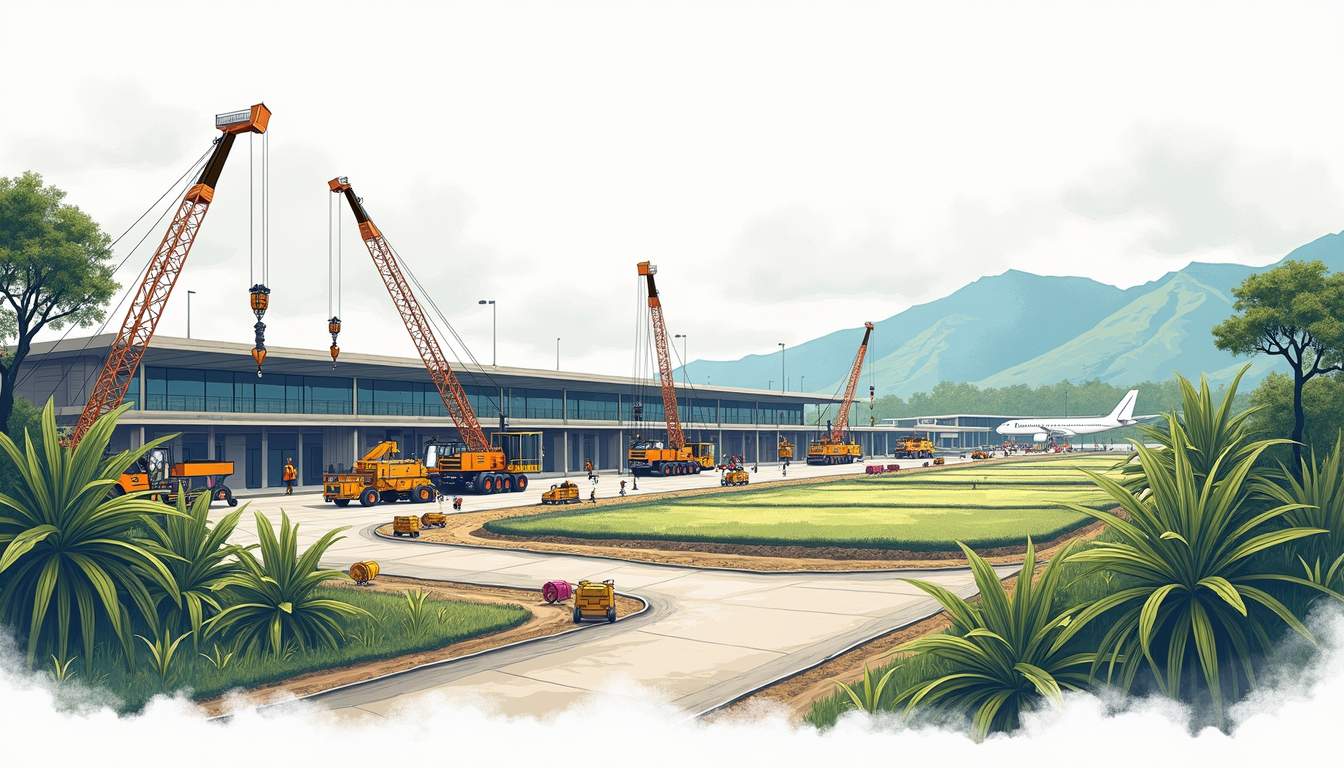
Planning and Design of the Airport
Initial phases of planning have commenced, focusing on sustainability and efficiency in the airport’s design. The vision is to create a state-of-the-art facility that embodies both modern architecture and eco-friendly initiatives. The incorporation of green technologies into construction is a priority to minimize the ecological footprint. This includes the use of renewable energy sources, such as solar panels and wind turbines, as well as rainwater harvesting systems to reduce water consumption. The design also aims to maximize natural light within the terminal buildings, creating a pleasant environment for travelers while reducing energy costs.
Furthermore, discussions surrounding the airport layout have been emphasizing passenger flow efficiency and comfort, aiming to enhance the overall travel experience from the moment they step off their flight. Features such as spacious waiting areas, innovative baggage handling systems, and dedicated zones for relaxation and dining are being considered. The airport will also prioritize accessibility, ensuring that all travelers, including those with disabilities, can navigate the space with ease. The goal is to create not just an airport, but a welcoming gateway that reflects the cultural richness of the region.
Funding and Investment Opportunities
To finance this ambitious project, the government is actively seeking partnerships with private investors. The proposal presents attractive opportunities for both local and international stakeholders who wish to invest in development projects associated with the airport. These partnerships are expected to foster economic growth in the region, creating jobs and stimulating local businesses. The government is committed to ensuring that the investment process is transparent and beneficial for all parties involved, with a focus on long-term sustainability.
The potential for lucrative returns on investment is considerable, especially as Bali continues to appeal to tourists and businesses. Stakeholders may find numerous avenues for collaboration, ranging from construction to the establishment of hospitality ventures around the airport site. Additionally, there are opportunities for developing retail spaces and entertainment options that cater to both travelers and locals, further enhancing the airport’s role as a central hub in the community. As the project progresses, regular updates will be provided to keep all investors informed and engaged, ensuring a collaborative approach to this transformative development.
Environmental Considerations and Challenges
While the prospects of economic benefits are enticing, the drive for development must also consider environmental health and sustainability. Bali’s unique ecosystem and biodiversity play a vital role in its appeal as a tourist destination.
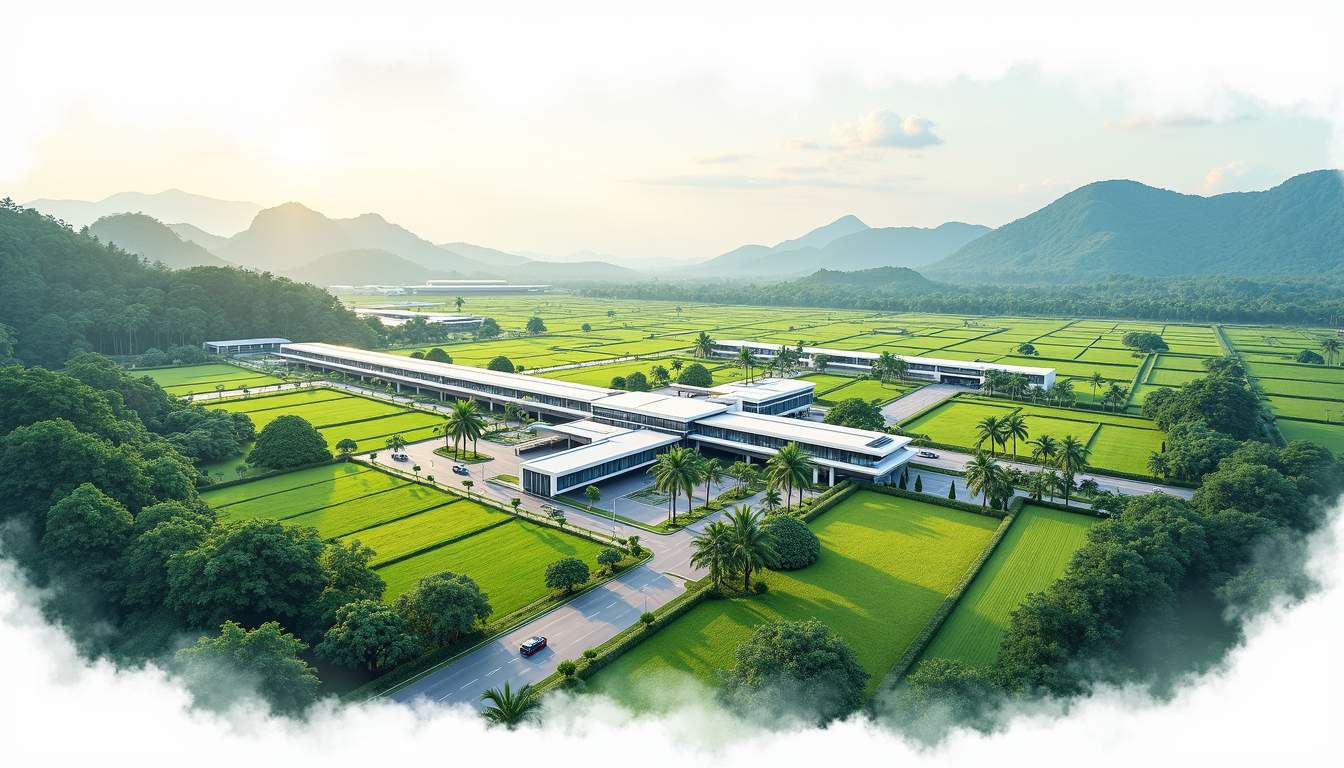
Balancing Development and Sustainability
The government has assured that strict environmental regulations will guide the planning and construction of the new airport. This includes conducting thorough environmental impact assessments to ensure that local flora and fauna are protected during the construction process.
Additionally, integrating sustainable practices throughout the airport operations, such as waste management and energy efficiency, will foster a holistic approach to development that respects the environment while promoting growth.
Addressing Potential Environmental Concerns
Public concerns regarding potential ecological disruption have been raised, particularly from local communities and environmental activists. The government must prioritize transparent communication regarding the project’s environmental assessments and engage stakeholders in the planning process.
Establishing a feedback mechanism will allow local residents to voice their concerns and ensure their perspectives are integrated into the planning stages. Ongoing dialogue is essential to fostering trust and collaboration between authorities and the community.
Reactions from the Public and Stakeholders
The announcement of the new airport has elicited a wide range of reactions from residents, industry experts, and stakeholders. A project of such magnitude naturally invites various opinions based on individual experiences and expectations.
Public Opinion on the New Airport
Public opinion is divided. Many residents see the airport as a beacon of hope that promises jobs and economic revitalization. This sentiment is echoed by local business owners who anticipate increased tourism will boost their ventures.
Conversely, some residents express apprehension about the potential environmental impacts, urging the government to prioritize sustainable practices. Their concerns highlight the importance of striking a balance between development and preserving natural resources.
Stakeholder Views and Responses
Various stakeholders, including business groups and environmental organizations, have voiced their perspectives on the airport project. Business leaders generally support the initiative, viewing it as a critical step in enhancing Bali’s competitiveness as a tourist destination.
Meanwhile, environmental groups are advocating for thorough assessments and transparent processes. They are calling for ongoing engagement between the government and communities to ensure that development does not come at the cost of ecological preservation.
As Bali embarks on this ambitious journey toward transformation, it stands at a crossroads where the potential benefits of the new airport must be weighed against the need for environmental stewardship and community engagement. Time will reveal how this vision unfolds and its true impact on the enchanting island of Bali.
Stay Informed with The Bali Sun
For the latest updates on the North Bali Airport project and its implications for the island, keep your eyes on The Bali Sun. As your premier source for news and insights in Bali, we are dedicated to bringing you the most current information on developments that matter to you. Whether you’re a local resident or a future visitor, our coverage is designed to help you stay ahead of the curve. Read More about how this ambitious initiative could transform Bali and what it means for the community and the environment.

